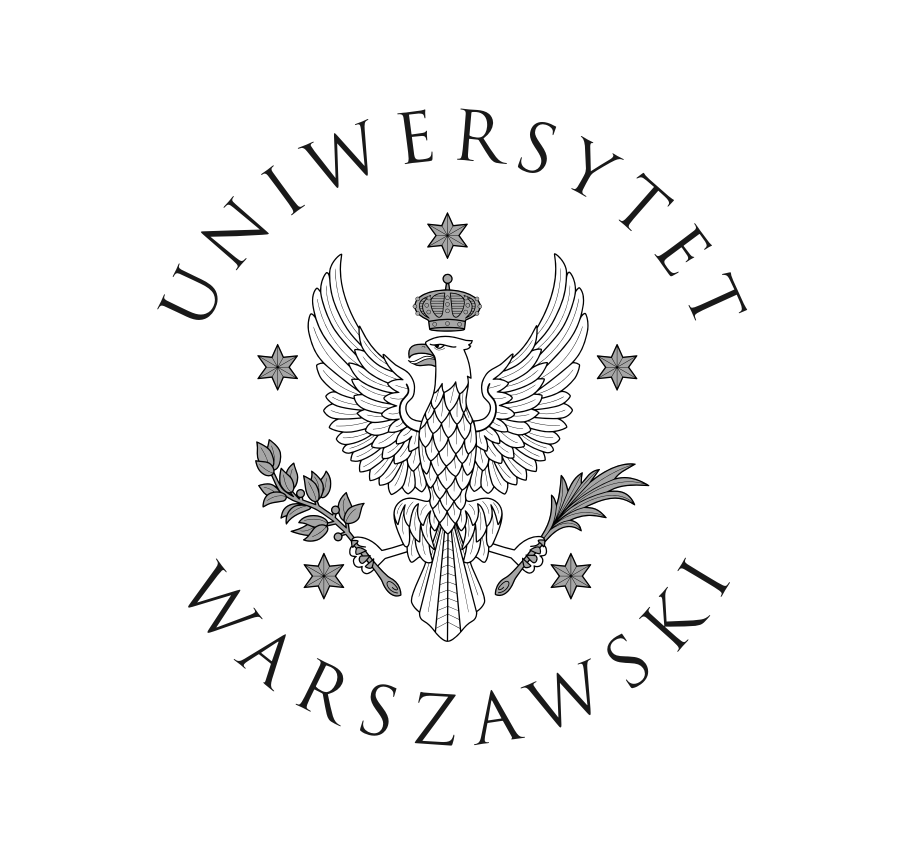 Separating MycOtoxin-contaminated Wheat grains using Precision Farming technologies
Separating MycOtoxin-contaminated Wheat grains using Precision Farming technologies
The project intends to develop a robust, efficient and non-destructive method to determine toxin concentrations caused by Fusarium and Claviceps infestations in wheat fields. Based on these measurements, harvest and logistic strategies will be created to separate contaminated and noncontaminated grains using GIS-technology. For farms with severe infestations, preventive methods will be developed to avoid food contamination.
The main expected outcome and impact of this activity is to reduce toxin content in wheat for food production. Fusarium spp pressure in winter wheat fields is high due to rotations with maize and reduced tillage practices. Claviceps spp contamination can increase in the following years due to the increased populations of black–grass (Alopecurus myosuroides). In the following years EU legislation will regulate the acceptable toxin thresholds permitted for edible grain usage. Therefore there will be a high demand of a cost effective service to exclude Fusarium infested wheat from the edible agrifood chain. During 2018 a sensor identification technology is under development to measure mycotoxin content non-destructively before harvest, with RGB images. This technology will set the grounds for a fast and coarse identification of Fusarium infested batches. The target of this identification is the creation of a binary harvesting map where the combined harvester can harvest selectively only infested/not infested grains. This will result in better food quality as expected and legislated from the EU and a competitive agricultural sector. The maps created will be commercialised. Based on this technology the second output will be a harvest strategy to separate contaminated from non-contaminated grains. That strategy can be realized in John Deere combine harvesters. Food quality in general will be increased significantly with this project. In the current project an expansion to specific spectral wavebands where the signal to noise ratio is higher will be performed. Furthermore, apart from identifying Fusarium, the technology will be expanded in the identification of pathogens from the Claviceps genus, commonly known as ergots. Twelve priority alkaloids are recommended from EFSA for monitoring, all toxins produced by Claviceps prupurea. With the current technology a correlation of the pathogen infestation and secondary the toxin level will be achieved.
Project ID: 18116, Project leader: Prof. Dr. Roland Gerhards (University of Hohenheim), Term of the project: 2018/01/01-2018/12/31.
Consortium, Project partners: John Deere GmbH & Co KG, Grupa Maspex Sp. z o.o. Sp. k., Queen’s University Belfast, University of Hohenheim, University of Warsaw.
UW Project leader: Dr. Przemysław Żelazowski (CeNT UW), team: Dr. Marlena Kycko, M.Sc. Urszula Nikitin, Dr. hab. Bogdan Zagajewski.
Field campaigns (13-14.05., 25-26.05., 14-15.06.) in the frame of the TaskID 1806 aimed at measurements of hyperspectral properties of plants (ASD FieldSpec 4+ASD PlantProbe), chlorophyll content in leaves (OptiScience CCM300) and chlorophyll fluorescence (OptiScience OS1p). Simultaneously were conducted other measurements and multispectral image acquisition from airborne level using the UAV’s Tatracam Micro-MCA6).
Gallery:


